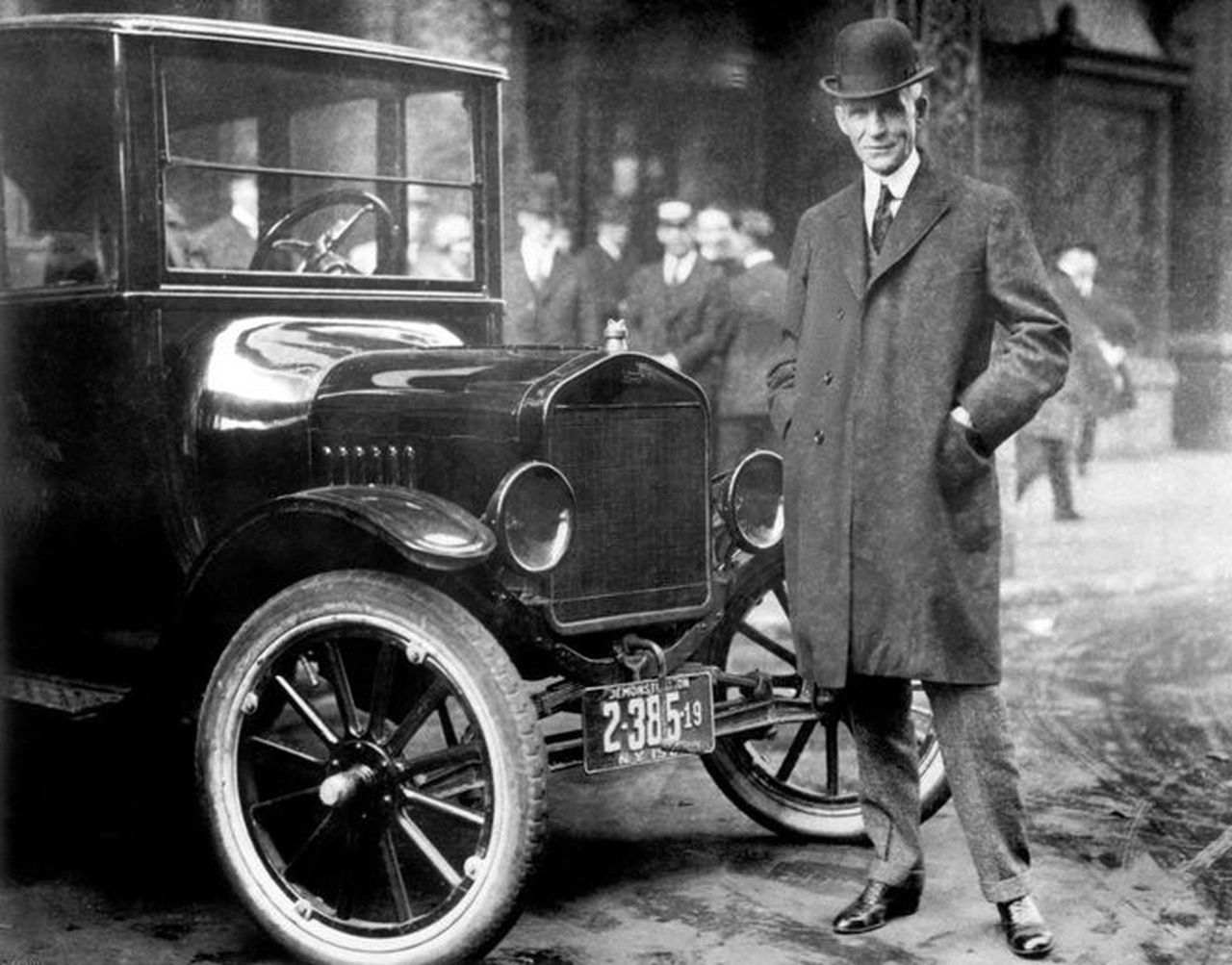
I consistently talk about my 40 years in this engineering business and the friends I have made. I define “friends” as clients, competitors, colleagues, magazine editors, used equipment dealers, etc. This blog is about what I learned from one of these friends (or her father, really) about simplicity in project design.
I was working with an engineering company based in Canada on a project in Saudi Arabia that also involved teams from Europe and Australia. Talk about a mix of time zones, languages, cultures, etc.; it was fun. The project had many moving parts. I consulted for the solid-liquid filtration topic. In 2015, I had published my first book, “Handbook of Solid-Liquid Filtration” and this was the basis for the consulting. I distributed the book to my project partners, both in hard copy and in PDF. One of the team members reciprocated and gave me a book written by her father, John Duncan, “Any Colour-So Long as it’s Black.” This book examined the design of the Model T Ford, 1906 – 1908.
John Duncan was born and educated in Australia and had a distinguished career in industry as well as a professor of mechanical engineering in Canada and New Zealand. The book discusses his grandfather’s company, Duncan & Fraser Ltd., which assembled and built bodies for the Model T Ford in Adelaide, Australia from 1909 – 1907.
Innovative brilliance and personality shape design simplicity
Now, many of us already know the Ford assembly line stories and about other aspects of the Model T. However, Duncan goes further in this book to provide a fresh and concise in-depth look at the brilliant mechanical design behind the Model T. He also explores how Ford’s own personality was reflected in the car that he created. Duncan reviews each part of the car including the structure, gears, engine, transmission and the electrical, tying the design choices to innovation and personality.
The Model T team was 12 people, working in a small office, all surrounding a rocking chair, for Henry, for thinking. As Henry Ford is credited with saying, “Thinking is the hardest thing known to man, which is the reason it is so rarely done.”
But there’s a lot to think about in the fast, 128-page read. The book also shares insights about teams working together and leadership for innovation, which resulted in design simplicity when solving problems. Those are topics near and dear to me.
Of course, I do not want to compare myself to Henry Ford. Still, I will say one thing I took away from the Duncan book, we both take an integrated and holistic approach to engineering. My new book, Integration and Optimization of Unit Operations, further reflects this approach.
Contact me and we can discuss simplicity in project design and how to build a framework for productivity and efficiency within your organization.

